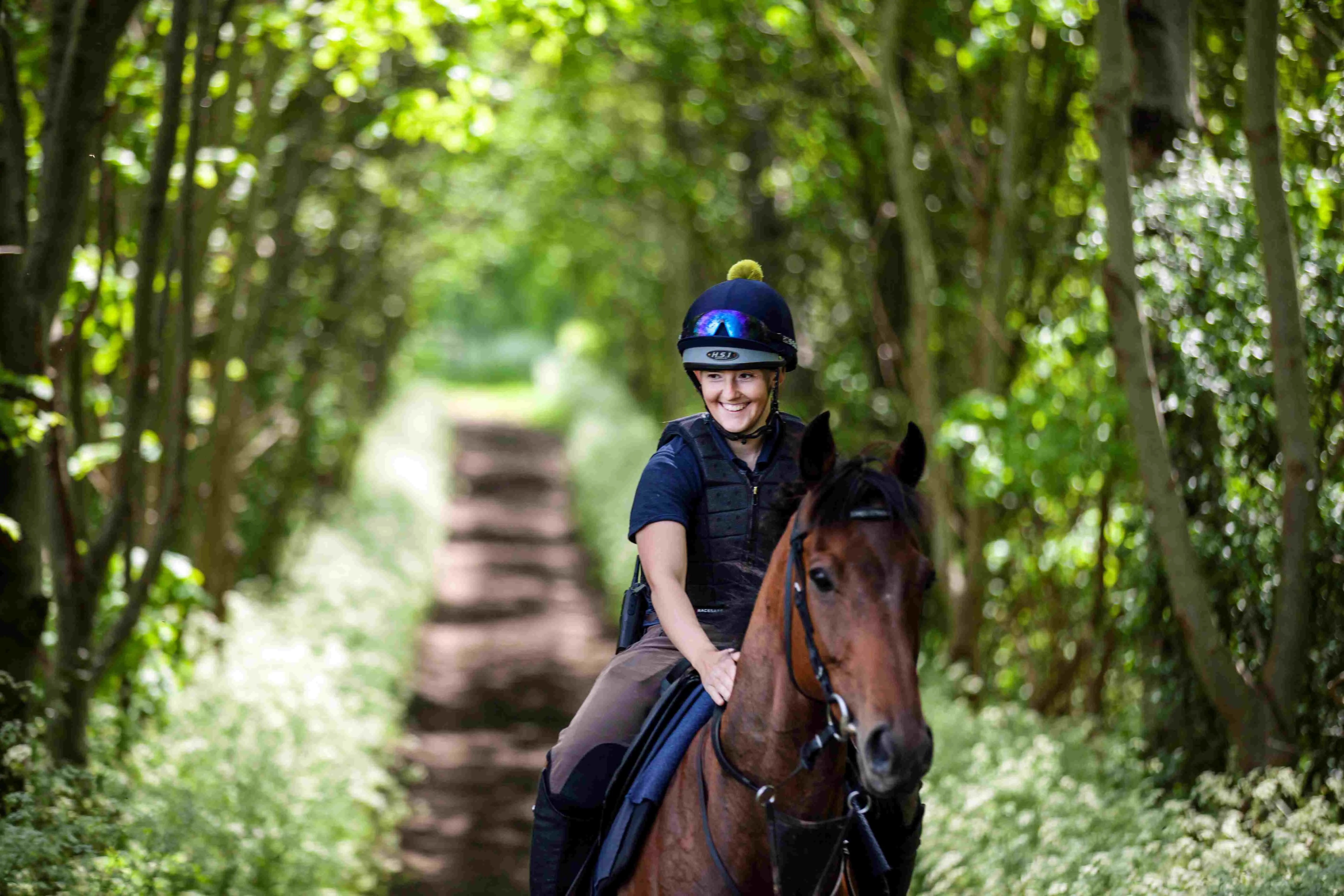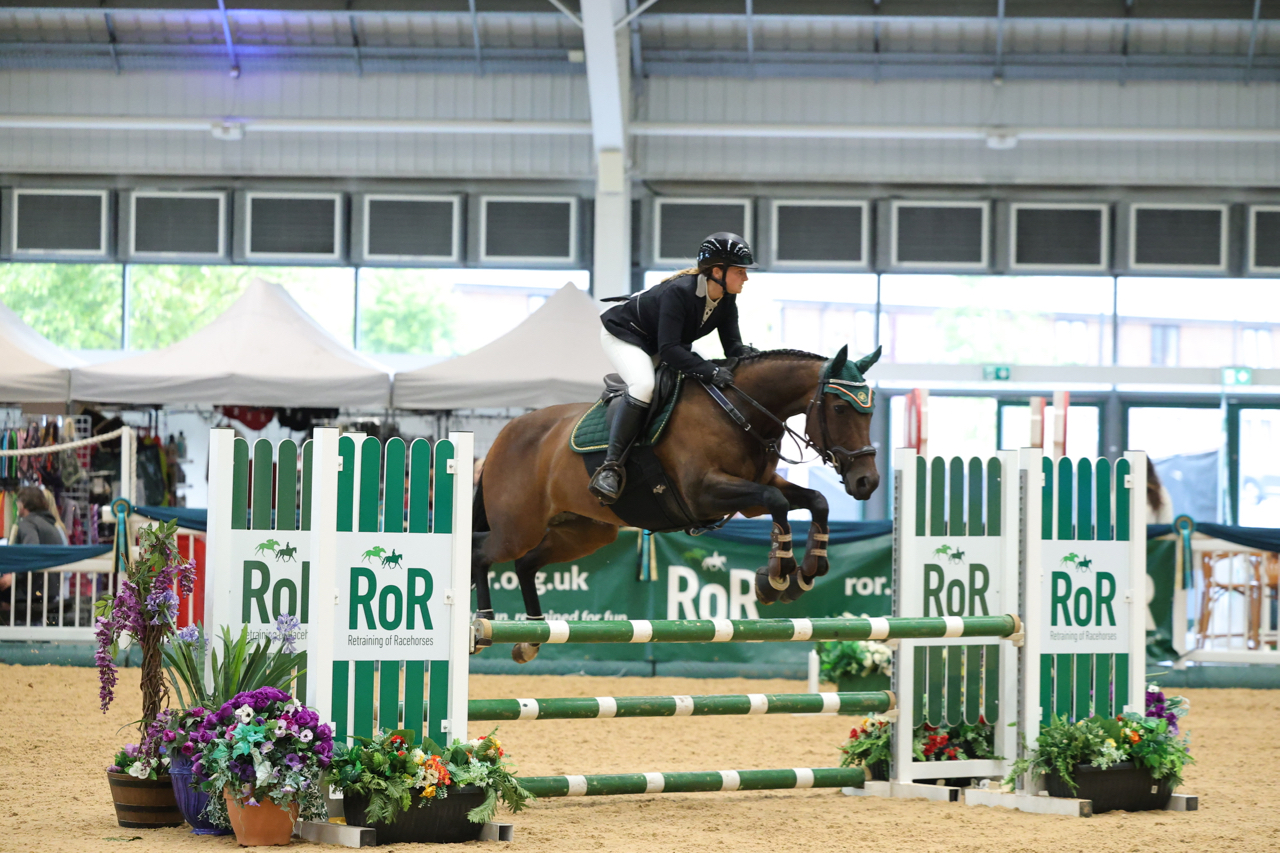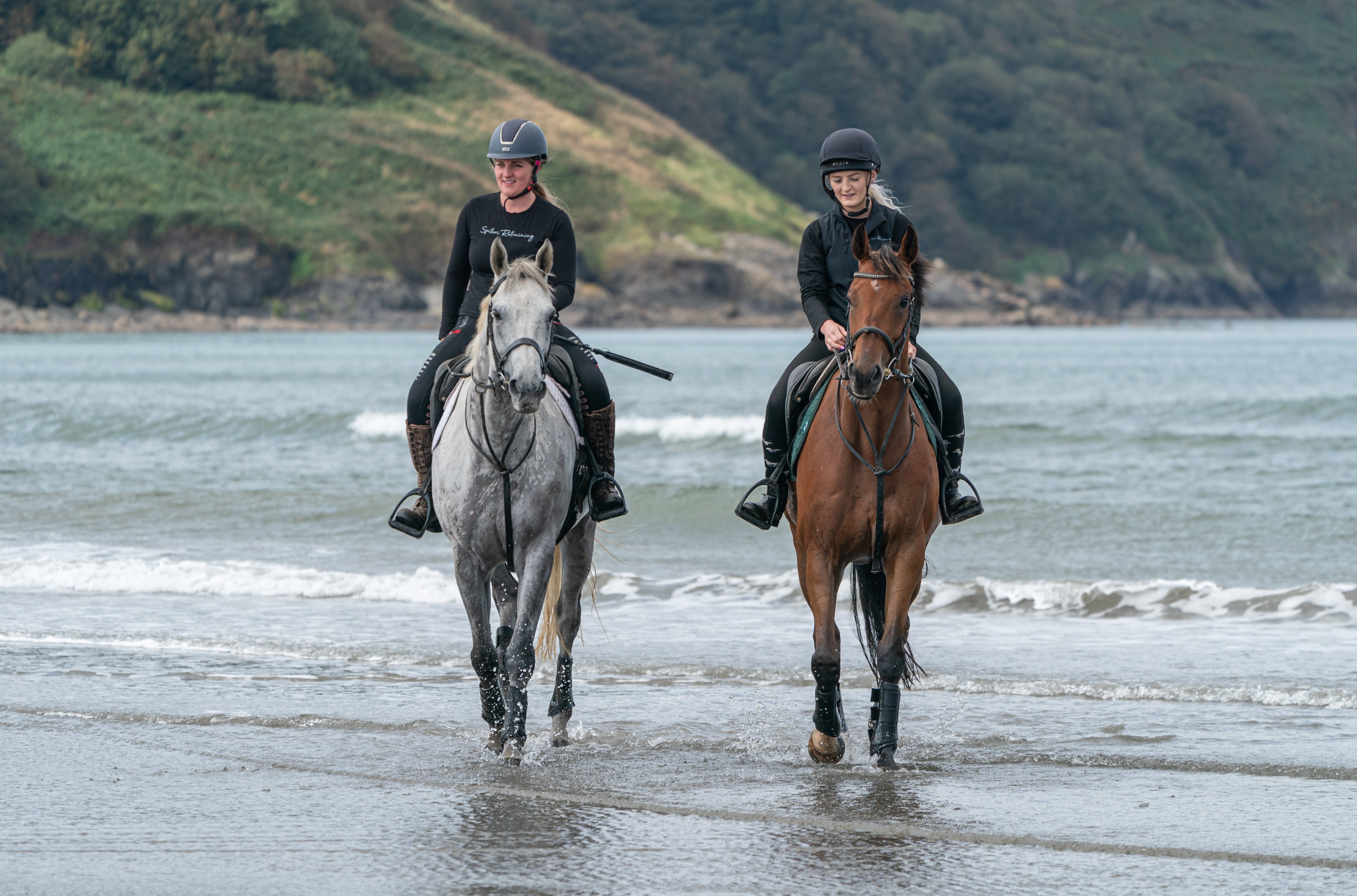RACING ENHANCES VISIBILITY OF HORSES LEAVING THE SPORT
Racing takes strides to improve the visibility of horses as they transition into second careers and pastures new.

Traceability, or knowing the whereabouts of racehorses, both before, during and after their racing careers are behind them, remains one of British racing’s core areas of focus.
Why? Because better knowledge about a horse, its location, and its status helps the sport to identify needs, focus efforts, and tailor support where needed.
That’s why traceability is a core part of British racing’s welfare strategy ‘A Life Well Lived’, overseen by the sport’s Horse Welfare Board (HWB). The strategy encompasses 26 projects which are grouped into four broad categories – quality of life, safety, the growth and maintenance of trust, and lifetime responsibility. Lifetime responsibility includes the ambition to achieve 100% traceability from birth through to the first step out of racing, plus the development of a relationship with new owners once horses have started a new life outside of the sport.
What sounds simple is a lot more complicated in practice, but positive steps forward are being made and in 2025, the HWB facilitated a new data-sharing agreement between the racing’s regulator, the British Horseracing Authority (BHA) and the Retraining of Racehorses (RoR) the sport’s official aftercare partner.
In a first for the sport, information from the BHA is now passed onto RoR when a racehorse is officially retired from the sport. This step forward allows RoR to now proactively contact the new owners of all former racehorses at their first step out of racing to gain valuable detail on their status, future plans, and critically, to encourage them to register with RoR for ongoing visibility. The new data-sharing agreement took effect from July 2025, with funding provided by the Racing Foundation.

Why is the first step so important?
British racing is one of the most regulated sports in the world. Meticulous rules and regulation exist around Thoroughbred ownership and care in licensed training which in turn makes horse racing the leader in equine traceability in this country. This begins with the requirement for a Thoroughbred to be microchipped and registered with the Weatherbys General Stud Book within 30 days of birth, to be eligible to ever race in Britain. Furthermore, owners, trainers and those responsible for racehorses while in the sport must diligently maintain up-to-date records of every horse in their care. This ensures that all aspects of a horse’s health, wellbeing and status can be accounted for and are enforceable by the regulator.
However, it is when horses permanently leave racing and the regulated environment for pastures new, that keeping track of Thoroughbreds becomes more challenging. Transitioning from racing into a second career, whether eventing, dressage, equine therapy or simply recreational riding, is a critical step in a racehorse’s lifetime journey, and an area that racing is stepping up in its support of.
Supporting the transition
In 2022, racing set itself the bold ambition of achieving 100% traceability at a horse’s first step out of racing. In essence, an ability to accurately identify and locate all racehorses as they take their first step into new private ownership and second careers. With around 2,500 horses permanently retiring from the sport in Britain each year however, the challenge is far from simple.
Increasing visibility of the estimated 33,600 former racehorses in Britain via RoR also widens access to the organisation's invaluable free education, support and welfare safety-net for vulnerable former racehorses. Currently, just over 40% of the former racehorse population are registered with RoR and the recent expansion to the eligibility criteria and awareness raising campaigns came into effect to increase this further.

Closing the gap further
The Weatherbys e-passport launched in 2021, has already set a gold standard and blueprint for this, providing significantly enhanced data points on nearly 220,000 Thoroughbreds.
At a breeding level, the establishment of the bi-annual Thoroughbred Breeder Association’s Foal Crop Analysis, assessing the outcomes of six-year-old horses bred for racing, is increasing knowledge on the pathways horses bred for racing in Britain take. And collaborations with other equestrian disciplines and regulatory bodies from DEFRA to the FSA is ensuring that every avenue is explored to close data gaps and improve traceability for racehorses.
But whilst racing continues to improve its own systems, it also continues to lobby for change at a governmental level, most critically for the requirement to mandate equine digital passports and phase out the paper passport, in line with movements towards electronic ID for cattle, and other livestock. These lobbying efforts are in partnership with established welfare charities including World Horse Welfare.
The goal remains – to ensure every horse bred for racing is given the best quality of life.